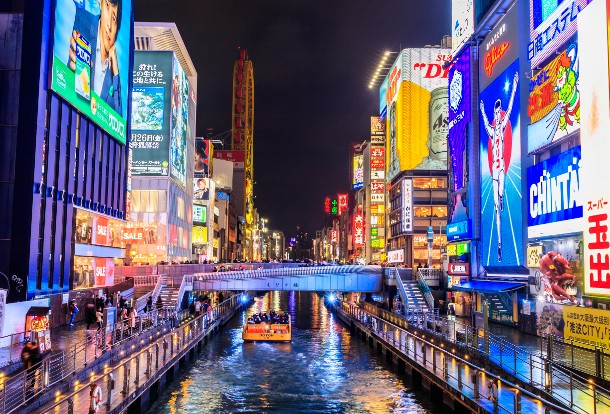Beijing, Shanghai and Chongqing ranked the top three cities in the 2014 ranking of cities with the most developed tourism industry in China, published for the third year by Forbes China.
Chongqing and Guangzhou traded places in this year’s ranking making it the first time for the Sichuan capital to be in the top three. Shenzhen, Hangzhou, Tianjin and Suzhou all kept their positions while Wuhan and Chengdu moved up one rank and Nanjing fell out of the top ten. Meanwhile Hefei and Foshan were on the list for the first time, bumping Wenzhou and Zhuhai off the list. Overall the cities in China with developed tourism industries are largely economically developed or traditional touristic cities such as Guilin and Huangshan.
Forbes China shortlisted 100 cities with the highest tourism revenues for its list and used six weighted indexes for the ranking – including the number of domestic visitors, inbound visitor arrivals, domestic tourism revenue, tourism foreign exchange revenue, the number of star-rated hotels and the number of attractions at 4A-level and above.
China’s tourism industry statistics for 2013 show that domestic tourism revenue was RMB 2.63 trillion, a 15.7% y-o-y increase, and inbound tourism foreign exchange revenue was US$51.664 billion, a 3.3% increase y-o-y increase. Overall the tourism industry grew at a much higher rate than the GDP, giving it an increasingly important position in the nation’s economic development. At a State Council Executive Meeting in October 2014, Premier Li Keqiang called for measures to boost leisure tourism consumption including implementing paid vacations for industry workers, increasing incomes for rural population through developing rural tourism and developing self-drive and recreational vehicle parks.
According to the 2013 China statistical bulletin for national economic and social development, average disposable income for urban residents was RMB26,955, a 9.7% y-o-y increase, while average net income for rural residents was RMB8,896, a 12.4% y-o-y increase. In the same year China’s domestic tourism sector recorded 3.262 billion trips, a 10.3% y-o-y increase, and outbound tourism reached 98.1852 million trips, an 18% y-o-y increase.
By the end of 2013, 13,293 hotels in China had star-ratings. Among these, 11,687 hotels with a total of 1.5391million rooms and 2.705 million beds participated in an annual financial report which showed a 56% average occupancy for the year. Also in the end of 2013 there were 64.1 million privately owned cars in China, a 20.8% y-o-y increase.(Translation by David)




